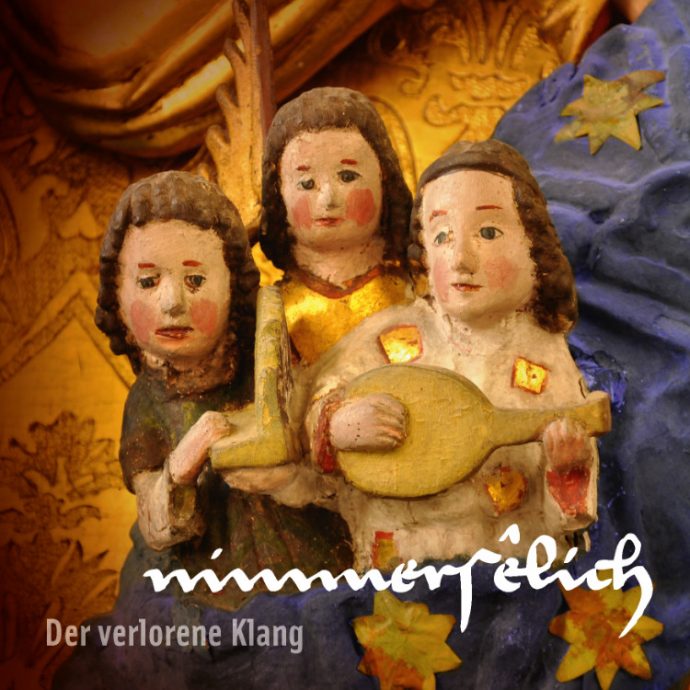Our knowledge of the music of the Middle Ages is like looking through a small, dusty window into which one has only with difficulty rubbed a small hole to look through. One suspects that a whole world stretches out behind it – and yet one sees only a small part.
Benjamin Bagby, Ensemble Sequentia
This quotation vividly illustrates the dilemma of the person who wants to deal with the music of the Middle Ages and make it heard again. We are not completely blind, to stay in the picture, because we have almost innumerable artefacts of medieval musical creation at our disposal: Musical manuscripts and treatises, mentions of music in poetry and poetry, depictions of musical instruments in illuminations or altarpieces, figurative representations in woodcarvings, statues carved in stone or even preserved original instruments – all of these, however, remain largely individual, stand-alone objects whose context remains hidden from us far too often.
The angels playing music on our CD cover may be symbolic for the “lost sound”. At first glance, they seem to be fully equipped, but a closer look reveals that the keys of the portative are missing, the lute has no strings and the angel with the drum has lost his one-handed flute. Even the singers look sad: the text in their book is completely unreadable. How do we make the angels smile again? How do we make the lost sound audible again? The various aspects that came into play in our search for this in terms of song selection and arrangement are explained in more detail in this booklet and complement the audiophile surround sound recording. We concentrate purely on the 12th and 13th centuries – after all, the time frame of what is commonly called the Middle Ages covers around a 1000 years!
Katharina Hölzel Recorder, Shawm, Harp, One-Handed flute and Drums
Kathrin Kläber Vocals, Bells
Viola Baither Vocals, Portative
Robert Schuchardt Hurdy-Gurdy, Gittern, Harp
Martin Uhlig Lute, Fiddle



